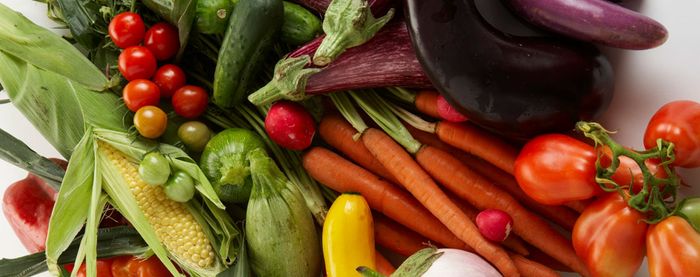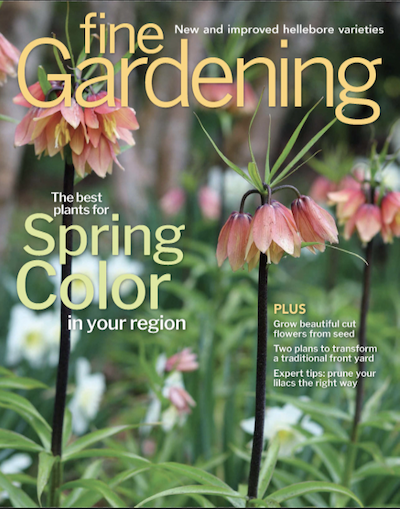How to Start a Vegetable Garden: Starting Seeds Indoors
Growing from seed is cheap and easy, and it allows you to grow vegetables that you won’t find in your local nursery
So you’re wondering how to start a vegetable or kitchen garden? Not to worry. Our seven-video series How to Start a Vegetable Garden will help you get your first veggie venture off to a good start. We’ll cover the basics: choosing a location, preparing the soil, building raised beds, starting your seedlings, and planting your garden.
Episode 5: Starting Seeds Indoors
Starting seeds indoors is cheap and easy, and it allows you to grow vegetables that you wouldn’t find in your local nursery or garden center. Most seeds can be started six to eight weeks before your last frost date.
Here’s what you need to start seeds:
• Containers (peat pots, jiffy pots, or recycled containers)
• Seed-starting soil mix
• Light source
• Heat source (a heat mat, a heating vent, or the top of your fridge)
• Water
• Seeds
• Plastic wrap (containers should be covered so they retain moisture)
• Fan for ventilation
• Liquid fertilizer
Fill the containers to the top with seed-starting soil. Moisten the soil until it turns dark and water runs out the bottom. Check the back of the seed packet to see how deep to sow the seed. Put two to four seeds in each container and cover them with a light dusting of soil. Water the seeds in again. Then cover them with plastic to lock in moisture and heat. Finally, move your seeds to a place where they can get lots of light. A sunny window may work, or you can use an artificial light source.
As your seeds begin to sprout, remove the covering so they can get plenty of air. At this time, you may want to put a fan on them to provide air circulation. Seedlings that are too damp or that don’t get good circulation are susceptible to a disease called damping off.
The four most important things to remember with seed starting are moisture, temperature, light, and ventilation.
See more videos in this series:
3. Removing Sod and Vegetation
5. Starting Seeds Indoors
6. Direct-Sowing Vegetable Seeds
7. Planting Out







Comments
Log in or create an account to post a comment.
Sign up Log in